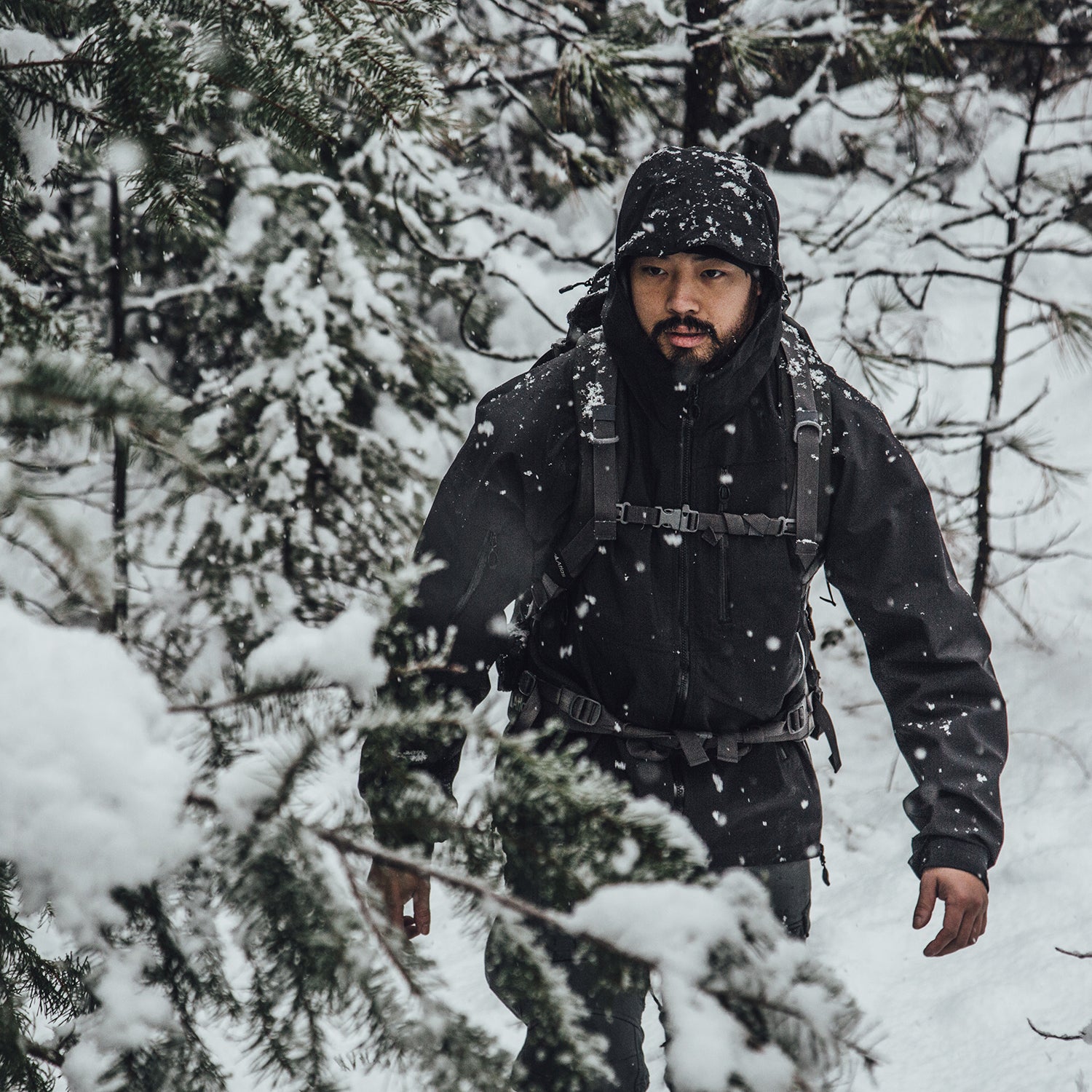Imagine clothing capable of drying╠řout and keeping you alive after youÔÇÖve spent ten╠řminutes submerged╠řin arctic water. Well, thatÔÇÖs the requirement the U.S. Naval Special Warfare Command came up with for the apparel╠řsystems it wanted for its soldiers.╠řAnd the man╠řwho developed that solution is now bringing it to the civilian market as╠ř.
Retired Army Ranger captain Rick Elder was sitting at his desk in early 2002╠řwhen the phone rang. On the line was a soldier deployed to the early phase of the war in Afghanistan. Elder was about a year into his new role, developing personal equipment for Special Operations units, and the solider was calling from a bomb crater where he was sheltering from enemy fire. Before the call got cut off, he told Elder that ÔÇťhe was freezing his ass offÔÇŁ and that Elder needed to come up with a fix. So╠řover the next year, he and his team created something called the ╠ř(▒╩░ń▒ź).
The Naval Special Warfare CommandÔÇÖs requirements called for a clothing system that could╠řgo from completely soaked through to completely dry in 30 minutes, in subfreezing temperatures, using only body heat generated by╠řexercise. Such a╠řrequirement, says Elder, is ÔÇťa╠řreal son of a bitch.ÔÇŁ
Clothing specs╠řfor the╠řSpecial Forces are very╠řextreme because, in the field, soldiers may have little to no control over the conditions they face and no ability to remove themselves from those conditions. If you or I get a little too cold or wet on a camping trip, we can usually do something about it:╠řstart a fire, crawl into our sleeping bag, go home, whatever. But╠řthat soldier under fire, sheltering in a crater, needs to be able to stay comfortable and alive even if that crater is full of water╠řand the weather is below freezing, while concentrating on the battle.
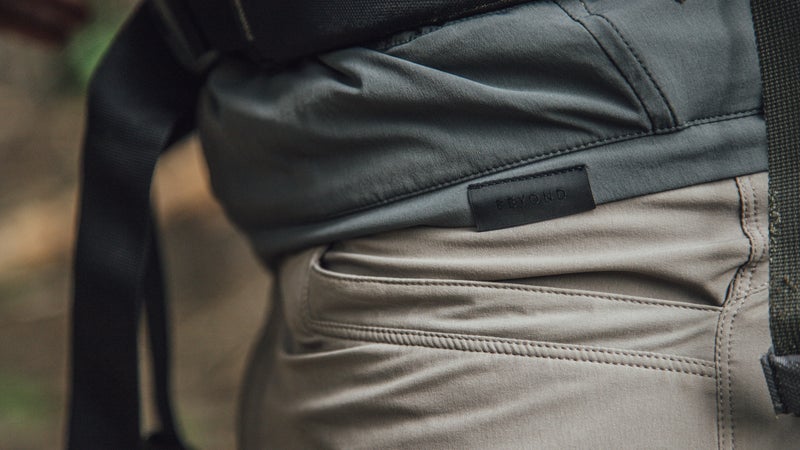
Elder nailed the requirements with that first PCU system. The big innovation happened╠řwhen the team accepted╠řthat wearers were going to get wetÔÇöeither from their environment╠řor through physical exertionÔÇöso the systemÔÇÖs performance could be focused around managing that moisture. Whereas previous combat uniforms were designed simply to keep soldiers dry, Elder decided to focus on getting them dry. In order to do that, he had to look at the performance of fabrics when theyÔÇÖre soaking wet, then design a layering system in which all components worked together to transfer moisture away from the wearerÔÇÖs body as quickly and effectively as possible. Elder employed fabrics and technologies youÔÇÖll be familiar withÔÇöPolartec Power Grid base layers, Polartec Alpha midlayers, Gore-Tex hard shells, and othersÔÇöbut considered their performance in combination╠řand designed a system╠řaccordingly.
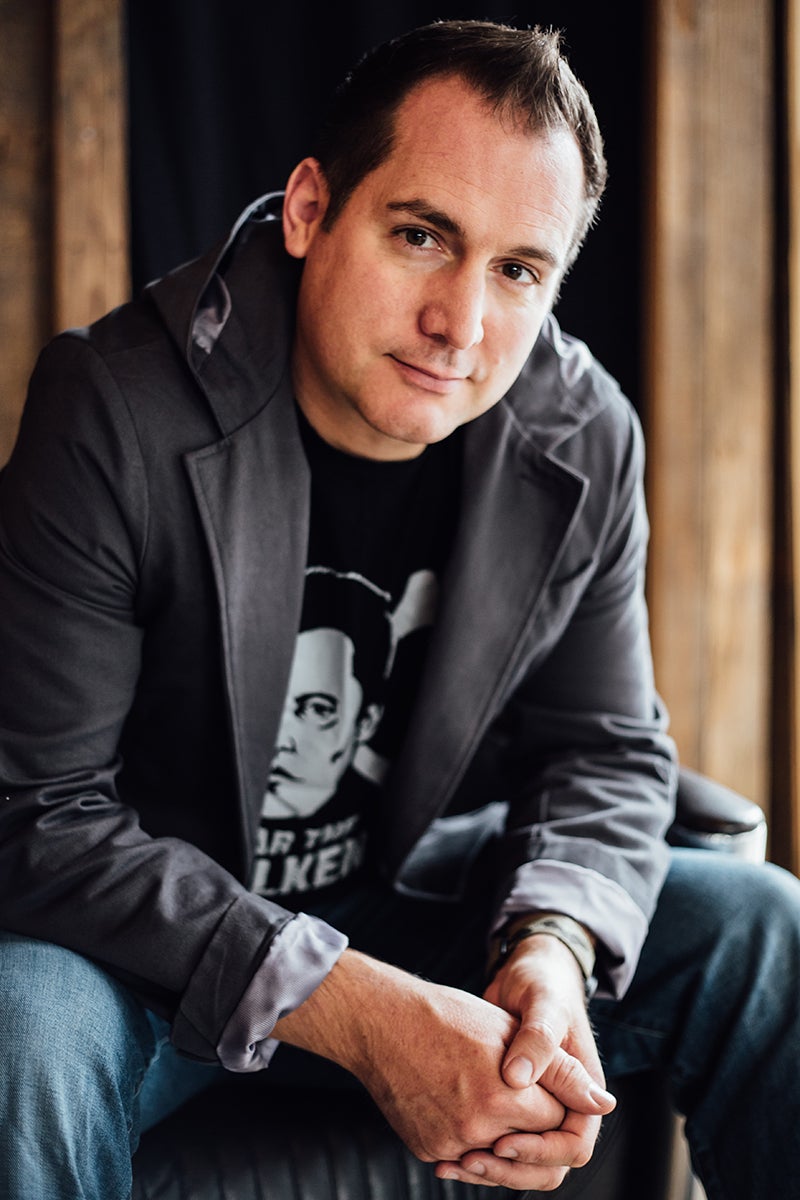
Beyond Clothing was started as a supplier for the military╠řback in 1996. Elder says the brand actually fulfilled some of the contracts for his PCU designs. It was acquired by 5.11 Tactical in 2012, and that company brought Elder in as the new president╠řand has essentially let him run wild with the brand. Military contracts dictate American-sourced materials╠řand American manufacturing, so he started there, with . Those were made to the same standards as the PCU, but the range came in a wider variety of colors╠řand offered a few more options than soldiers got. Axios was also pricey, so if the government wasnÔÇÖt buying it for you, it was a hard sell, and production remained very limited. ThatÔÇÖs a problem the new foreign-made Kyros collection is trying to solve, while also bringing to the brand new technologies like better DWR coatings that arenÔÇÖt yet available from╠řU.S. manufacturers.
Now╠řElder is bringing that Beyond performance to civilians.╠řThinking of clothing as a solution╠řrather than, well, clothing, is what makes the company unique. Elder doesnÔÇÖt want to sell you a jacket;╠řhe wants to look at the problem youÔÇÖre trying to solve, then sell you a complete layering system designed to solve it. You probably already wear base layers, insulation, and some sort of outer shell if you want to be comfortable in a cold, wet environment. But you have to learn through practice how all those layers work together, and youÔÇÖll probably be stripping them off or adding them on as the environment, and your levels of exertion, change. By analyzing the performance of its layers all togetherÔÇöespecially their ability to drive moisture away from your bodyÔÇöBeyond Clothing thinks it can prescribe a selection of its gear that will be perfect for whatever conditions you might face.
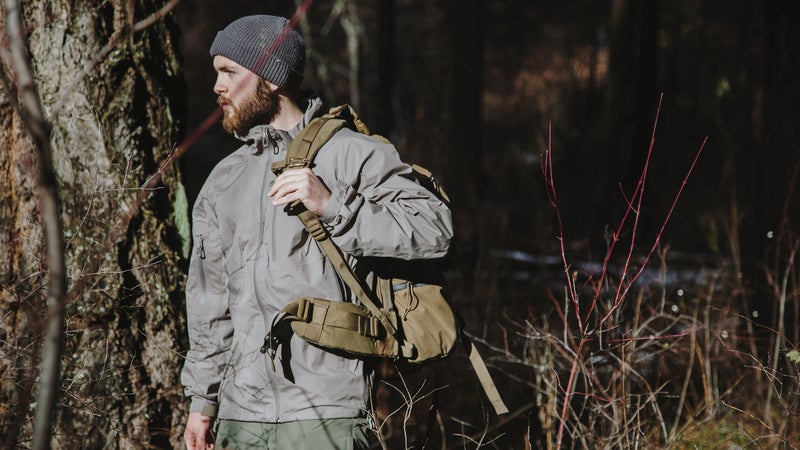
ÔÇťWeÔÇÖre one of the only companies in the world that will say: in this environment, you need exactly this, and you wear it this way,ÔÇŁ Elder says. And he says he can do that because BeyondÔÇÖs solutions are based on massive amounts of real-world testing accomplished by the military. ÔÇťIt absolutely, 100 percent works╠řand has been validated so many times over now that itÔÇÖd be ridiculous not to trust it,ÔÇŁ he says.
IÔÇÖve been wearing a system pulled from since November. And I can report that it works as claimed. One day that first month, I spent a 20-degree morning wearing the base layers, an insulation piece, and a soft-shell jacket and pants╠řwhile going through mostly static firearms training. I was warm and comfortable, even as light snow transitioned to freezing rain. Later that same day, in the same weather, in the same-exact clothes, I took the dogs for a hike up a steep mountain. Halfway up, we surprised a herd of mule deer, and Bowie, our two-year-old huskyÔÇôGerman shepherd gave chase. The deer led him out onto a horse ranch, so I had to try and catch him, running at full speed for 30 minutes before I was able to do that. I was too focused on trying to tackle the most athletic dog IÔÇÖve ever owned to notice, but once he was again on leash and we were headed back to the truck, I realized that I was totally dry, and IÔÇÖd never needed to even zip the jacket open a bit.
I was doing the╠řfirearms training as part of a grizzly-attack survival course. And as you saw if you watched that video, it involved spending some time with an actual bear. Adam weighs 850 pounds╠řand is mostly friendly, so long as you feed him a continuous supply of candy;╠řstop for a few seconds, perhaps╠řto repeat a line of dialogue you goofed, and Adam will rake his claws across your chest to demand more. He did that to BeyondÔÇÖs soft-shell pants and jacket at least a dozen times while we were filming, even catching those claws in the zipper pulls and pockets. Other than getting covered in grizzly slobber, the system displayed no damage whatsoever. IÔÇÖve been wearing the pieces regularly since, and╠řafter six months, they still look as╠řgood as newÔÇöeven after washing out about a gallon of deer blood that I let soak into the jacket overnight. ItÔÇÖs well-made stuff.
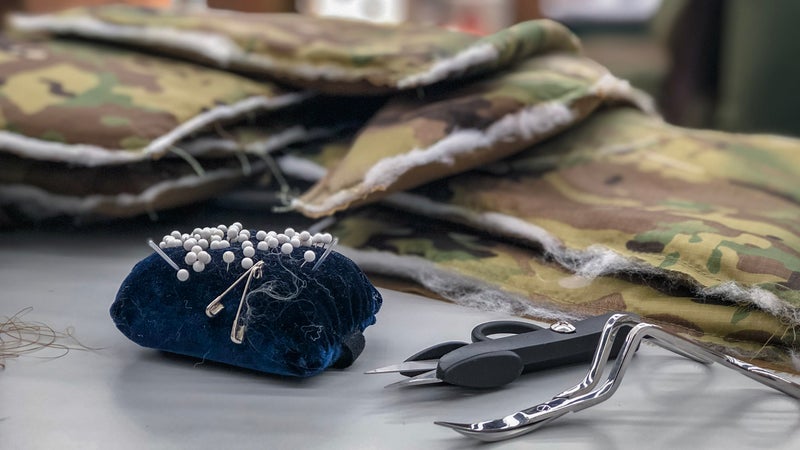
I wore in that grizzly video says it was made in Taiwan, and it has kept out even heavy downpours╠řwhile remaining exceptionally breathable. It also hits a $150 price point. Compared to , which goes for $390, thatÔÇÖs exceptional value. Items from both the Axios and Kyros lines can be worn together. BeyondÔÇÖs entire lineup is designed to fit together when layered; its base layes and midlayers fit perfectly under its shells, and the way moisture flows through all of them remains compatible.
The other thing youÔÇÖll notice about Beyond ClothingÔÇÖs stuff is that it doesnÔÇÖt look overtly tactical, like gear from 5.11 does, nor is it tailored to suit a specific activity, like climbing or skiing. Instead, Elder employs a simple, attractive color palette, minimal branding, and athletic silhouettes, which combine to make the gear suitable for most outdoor activities╠řas well as wear around town. I took the production crew out for dinner at a decent restaurant after running down Bowie, and other than the grizzly slobber, I fit in just fine.
I may not have fallen through arctic ice yet, but itÔÇÖs pretty reassuring knowing that IÔÇÖd be OK if I did╠řin a clothing system that keeps me comfortable╠řand looks good no matter what challenges nature throws at it.


